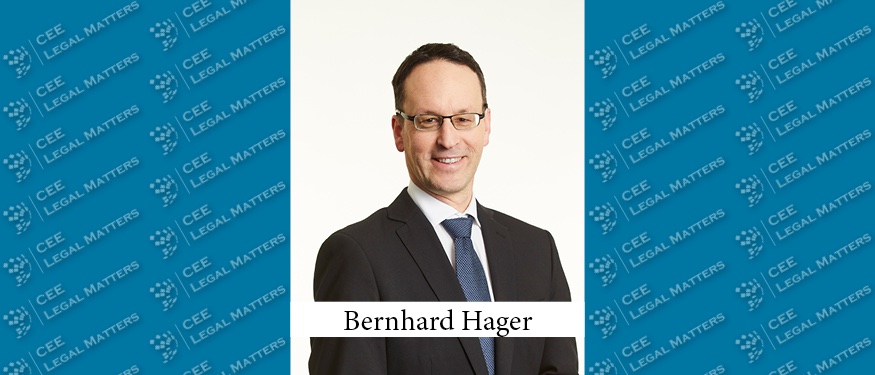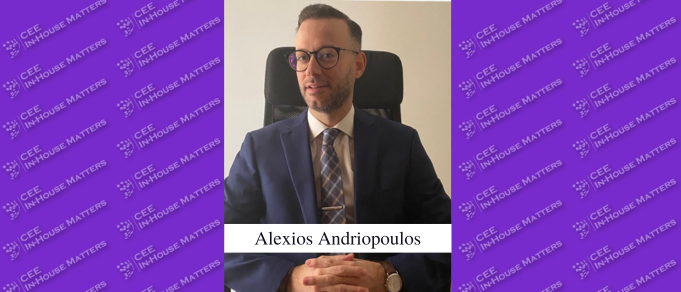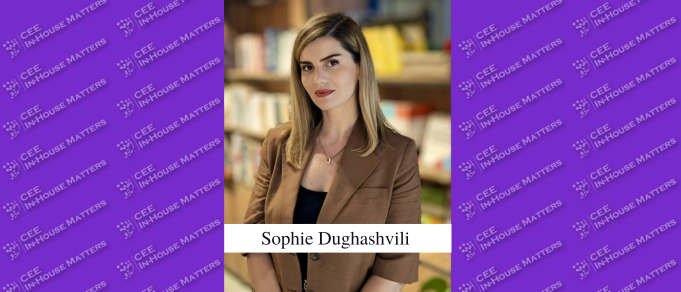Slovakia experienced a boom in renewables in 2010/11, then it became silent. New rules, a government decision, the EU recovery fund, and the increasing energy costs have led to a renaissance of renewable energy in Slovakia.
The Act on Renewable Energy Sources
In 2010, the new Act on Renewable Energy Sources (Act on RES) entered into force. The support schema of the Act on RES consisted of four pillars: (1) access to the grid, (2) obligation of the grid operator and electricity market operator to buy electricity, (3) feed-in tariff, and (4) imbalance settlement by the grid operator. Originally, the schema guaranteed the feed-in tariff for 15 years, however, this was partially changed later (see below).
In its first year, the Act on RES led to a photovoltaic boom, caused mainly by a generous feed-in tariff and the willingness of the grid operators to connect new installations to the grid. The photovoltaic boom came to a quick end in mid-2011 with the cancellation of the feed-in tariff for installations that were not put into operation before July 1, 2011. Due to the absence of a feed-in tariff and the unwillingness of the authorities, there is currently not a single wind farm in Slovakia. There are, however, several installations for biogas and biomass.
End of “Stop Status”
Up until 2021, only a few new installations were connected to the grid because of the so-called “stop status.” In brief, the Slovak operator of the transmission system (SEPS) announced that the Slovak grid is not prepared for new installations. In April 2021 a new 400-kilovolt line to Hungary went into operation and the end of the “stop status” was announced. Since then, grid operators connected installations and the still available capacities are published on their websites.
Repowering
The Act on RES originally guaranteed the feed-in tariff for 15 years. As of 2022, the yearly feed-in tariff was reduced, while, at the same time, its duration was extended to 20 years. This measure was meant to reduce the burden on the annual state budget but also opened the way for repowering.
Local Sources
The concept of “local sources” was introduced in 2018, however, it only became attractive for undertakings this year. Local sources are defined as installations for the production of energy that is used directly at the place of generation. In the past, their main obstacles were the capacity limit of 500 kilowatts and high grid charges. By the latest amendment to the Energy Act in 2022, the limit of 500 kilowatts was abolished, and there are no grid charges for the first 1,000 megawatt-hours. Further, the feed in limit of 10% was lifted, however, there is no right to the feed-in tariff.
Windfall Tax and Price Cap
Slovakia introduced a windfall tax (“excess revenue levy”) for electricity producers. The levy amounts to 90% of the excess revenue and will have to be paid by March 25, 2023, for the first time. Installations with a capacity of up to and including 0.9 megawatts are excluded from the levy. Above this limit, the levy does not apply to energy produced in hydropower plants or from biomethane – and some other producers are exempted in a casuistic way. In addition, the Slovak government introduced a temporary price cap for electricity producers, including renewables, ranging between 100 and 240 euros/megawatt-hour, according to the source of energy.
Recovery Plan
As part of the EU recovery plan, Slovakia assigned around EUR 230 million for investments into renewable energy sources end energy infrastructure. The Ministry of Economy regularly publishes calls for the submission of projects. In addition, the ministry is working on an auction for capacities of renewable energy installations, including wind power.
By Bernhard Hager, Managing Partner, Eversheds Sutherland
This article was originally published in Issue 10.2 of the CEE Legal Matters Magazine. If you would like to receive a hard copy of the magazine, you can subscribe here.






















